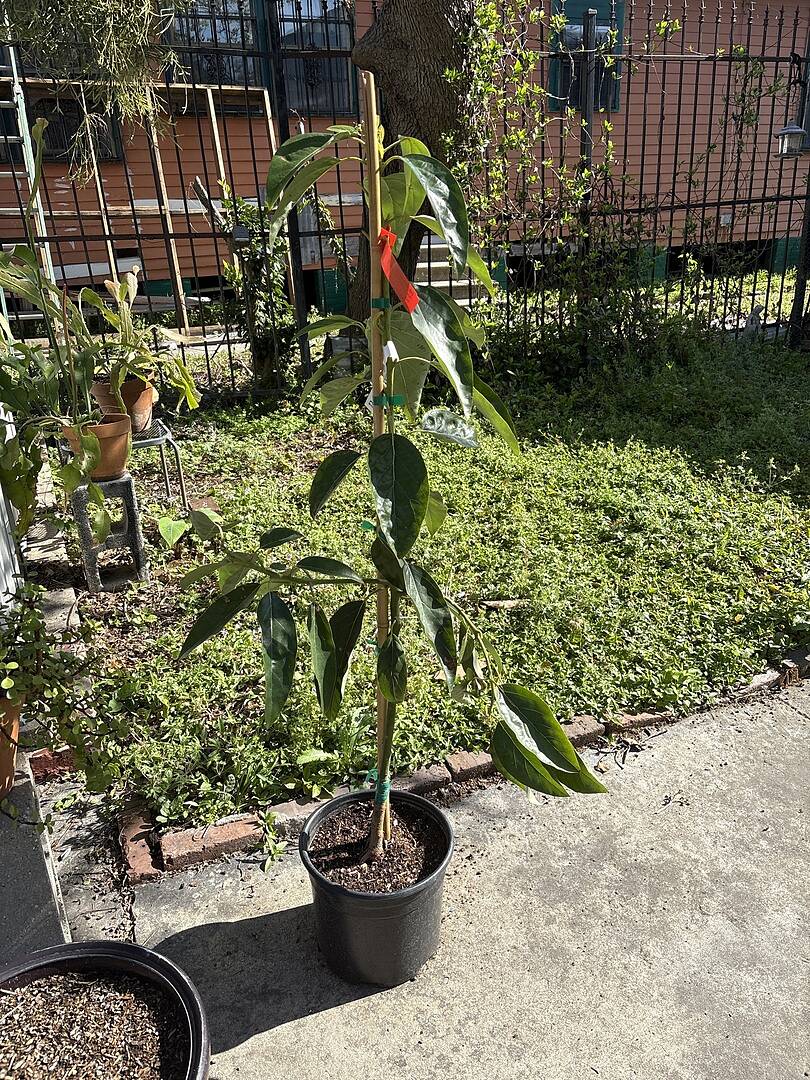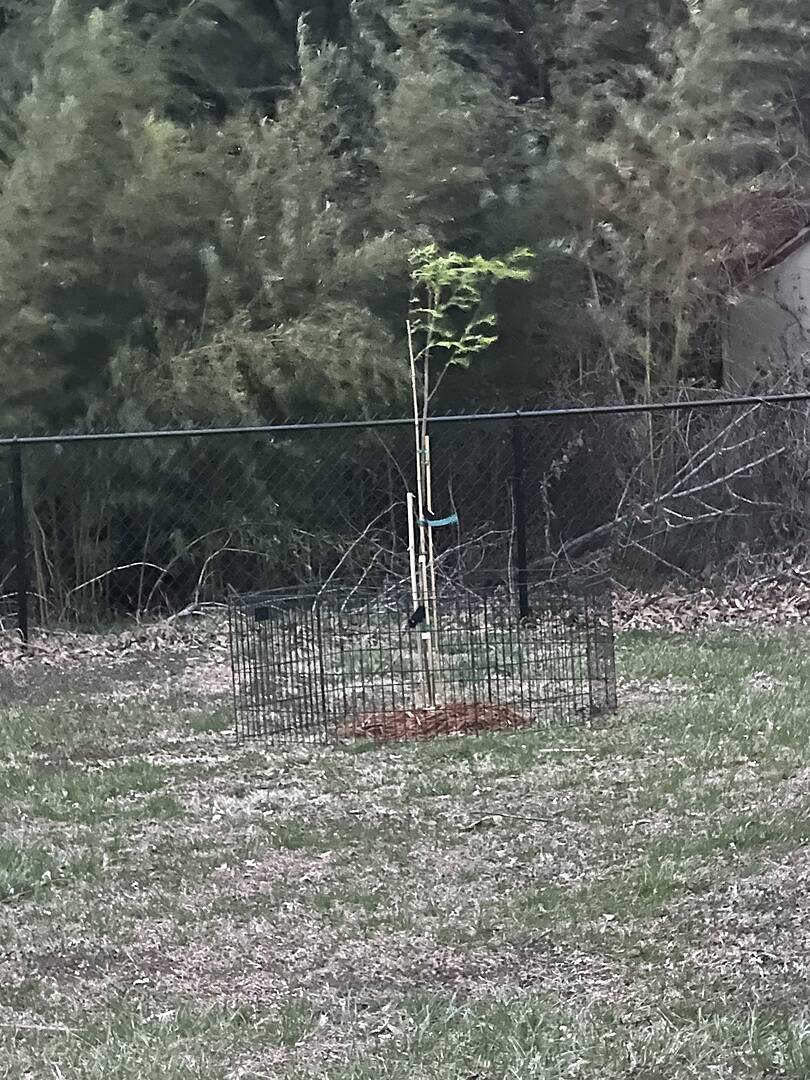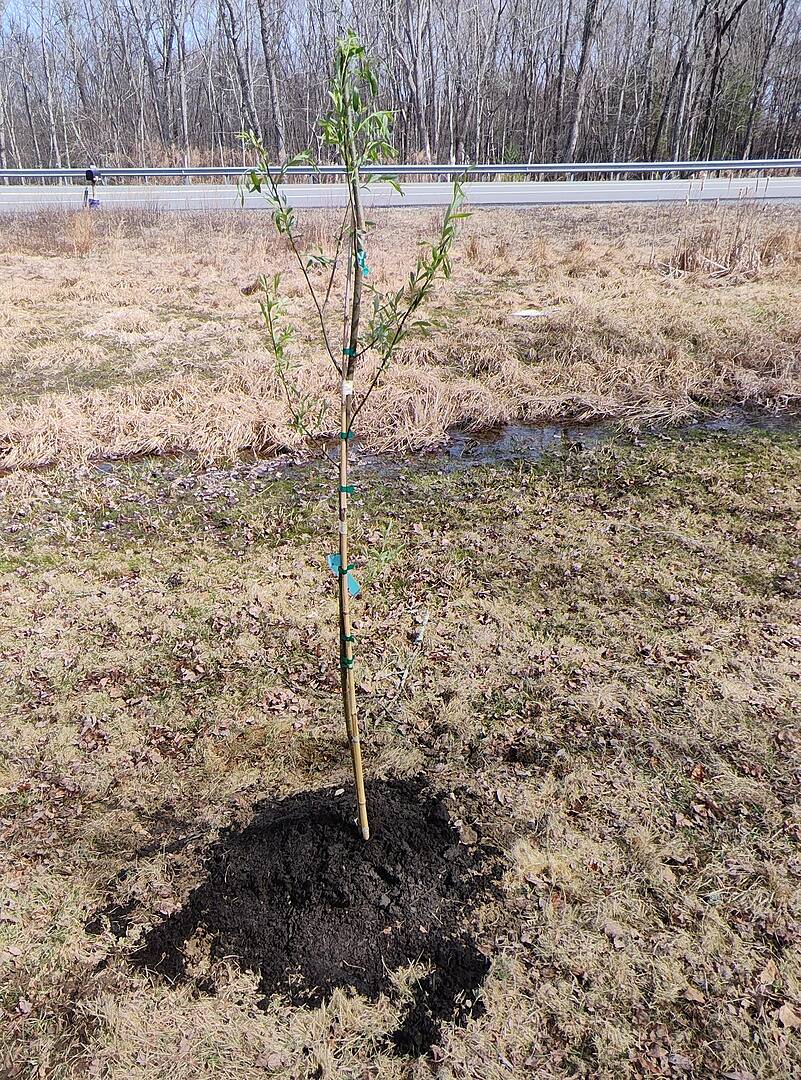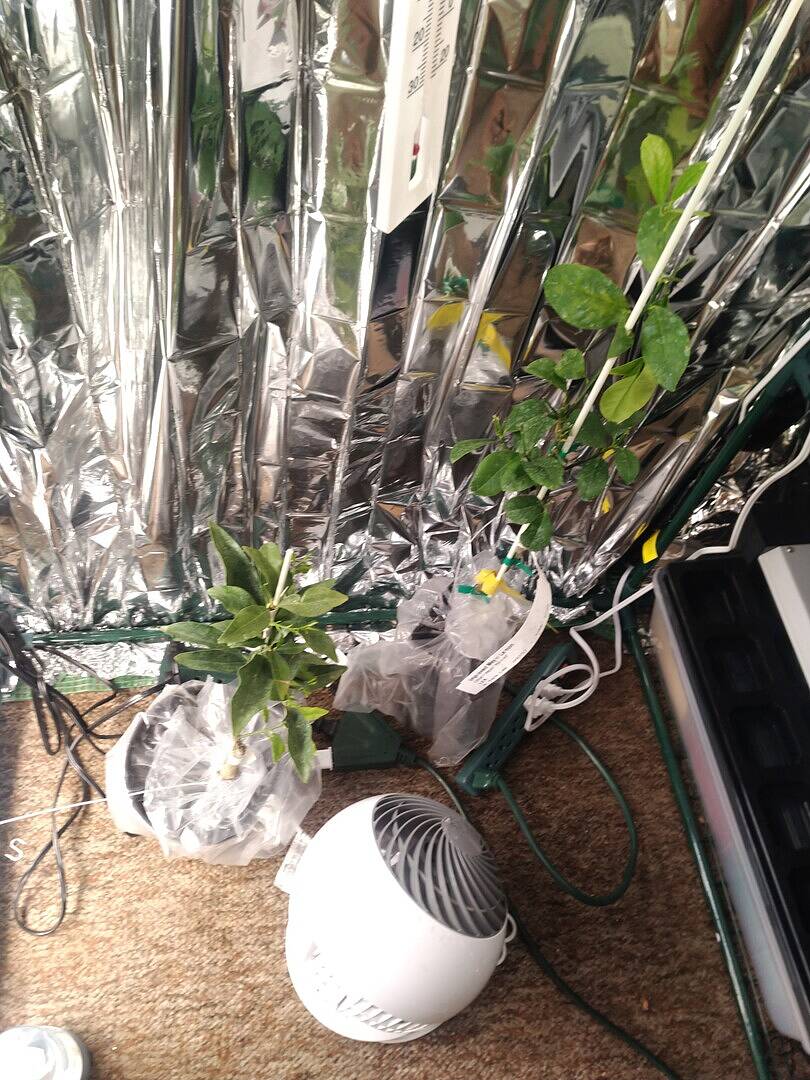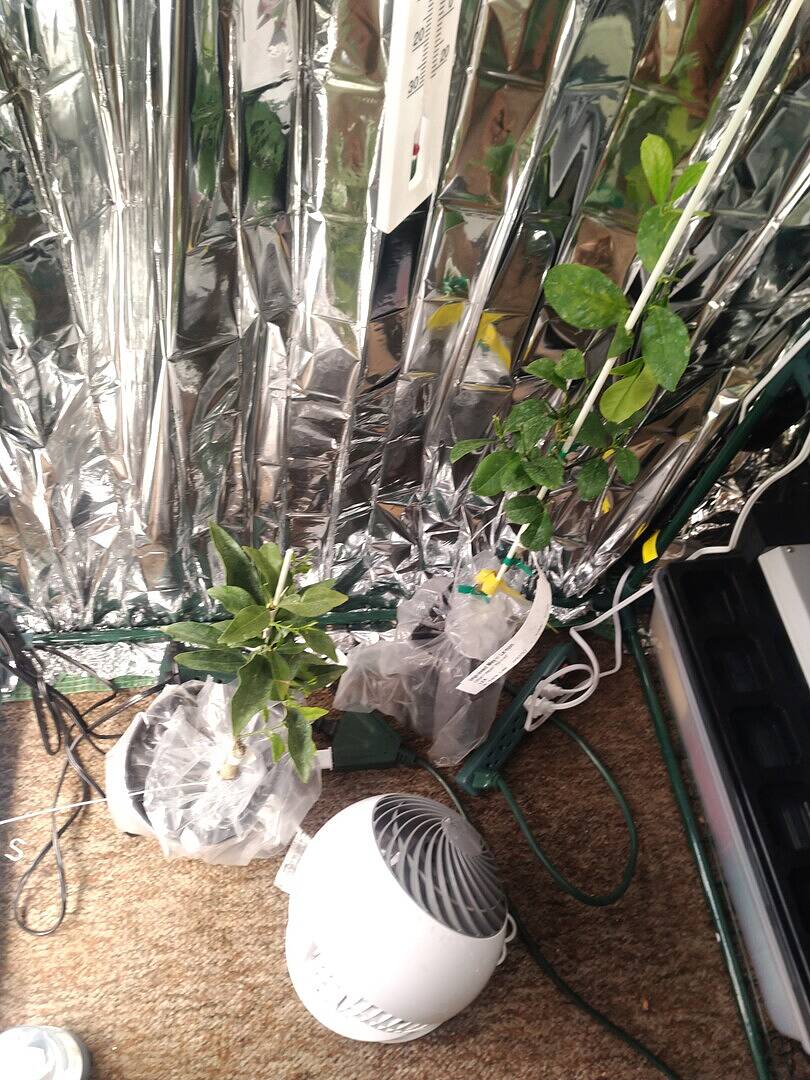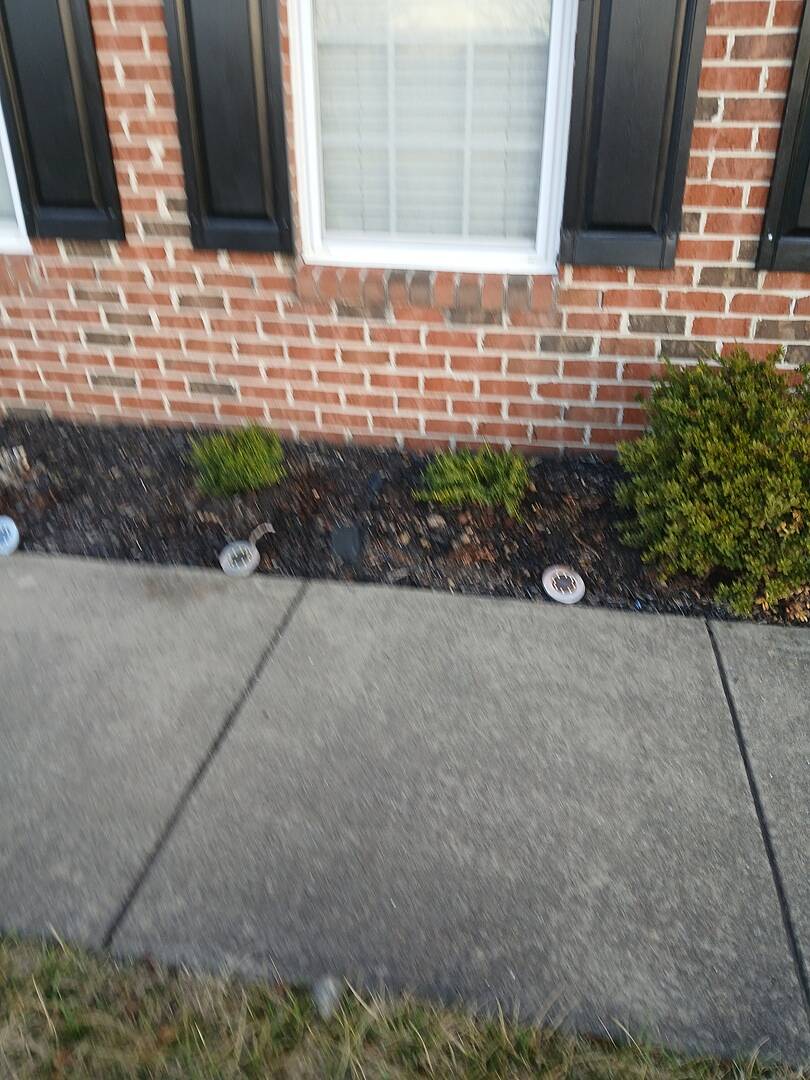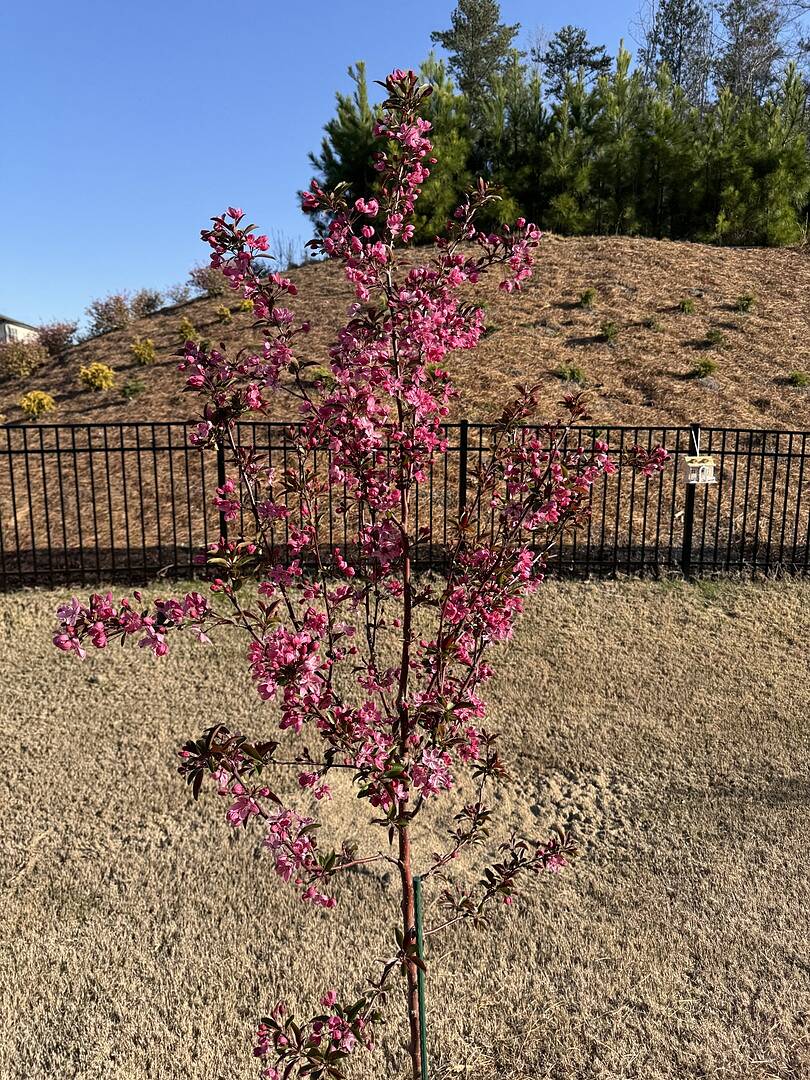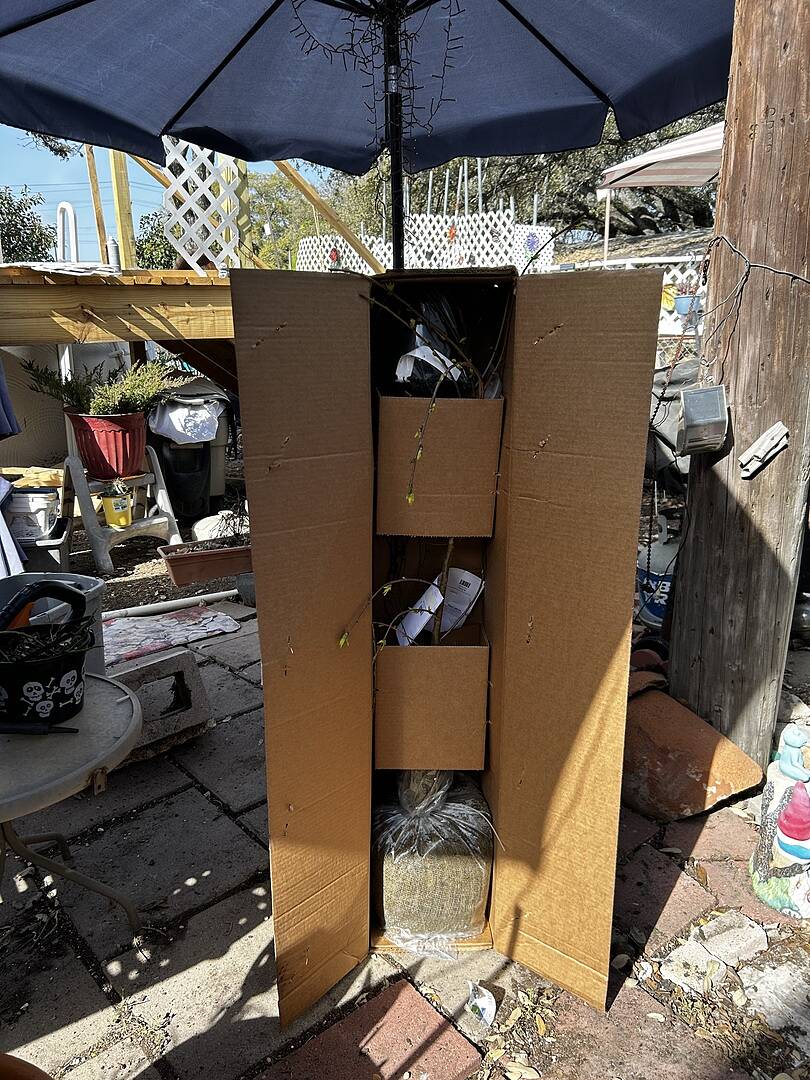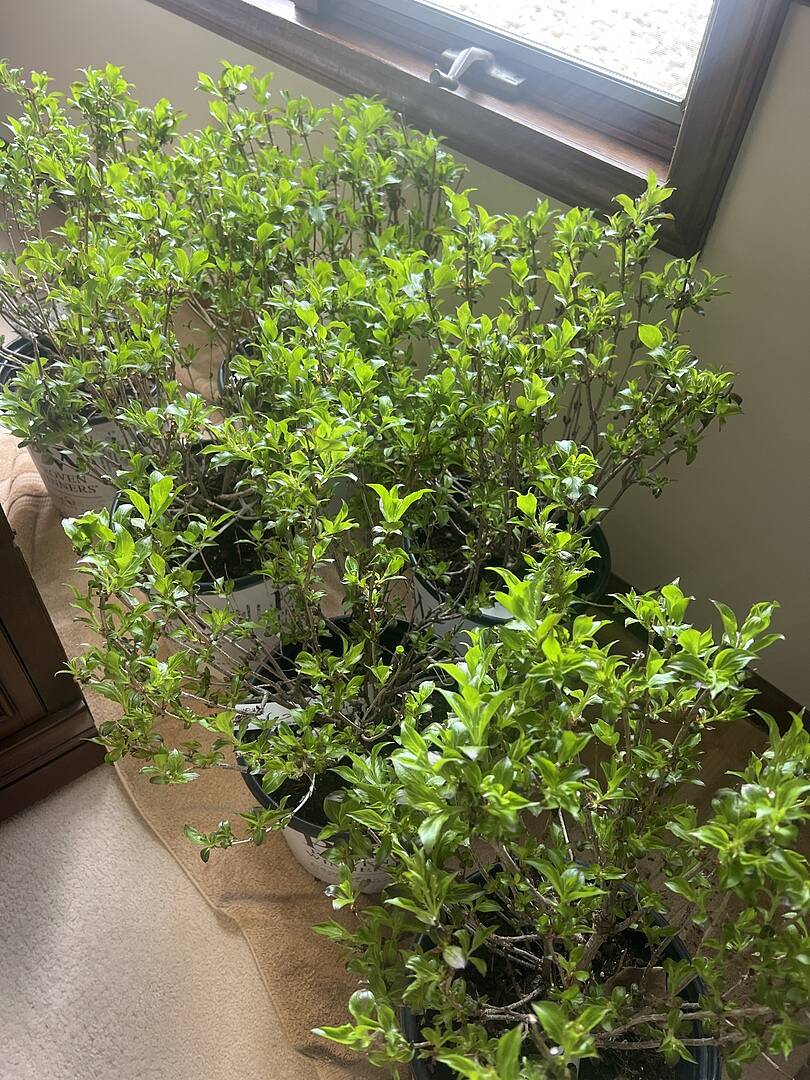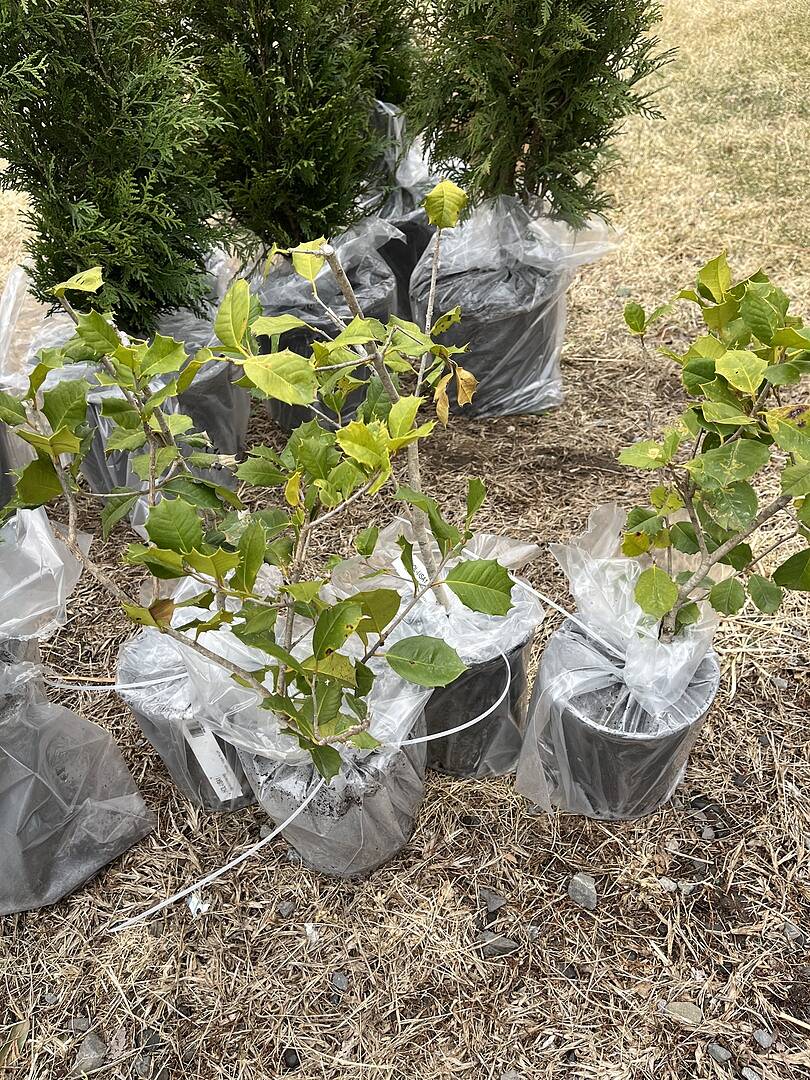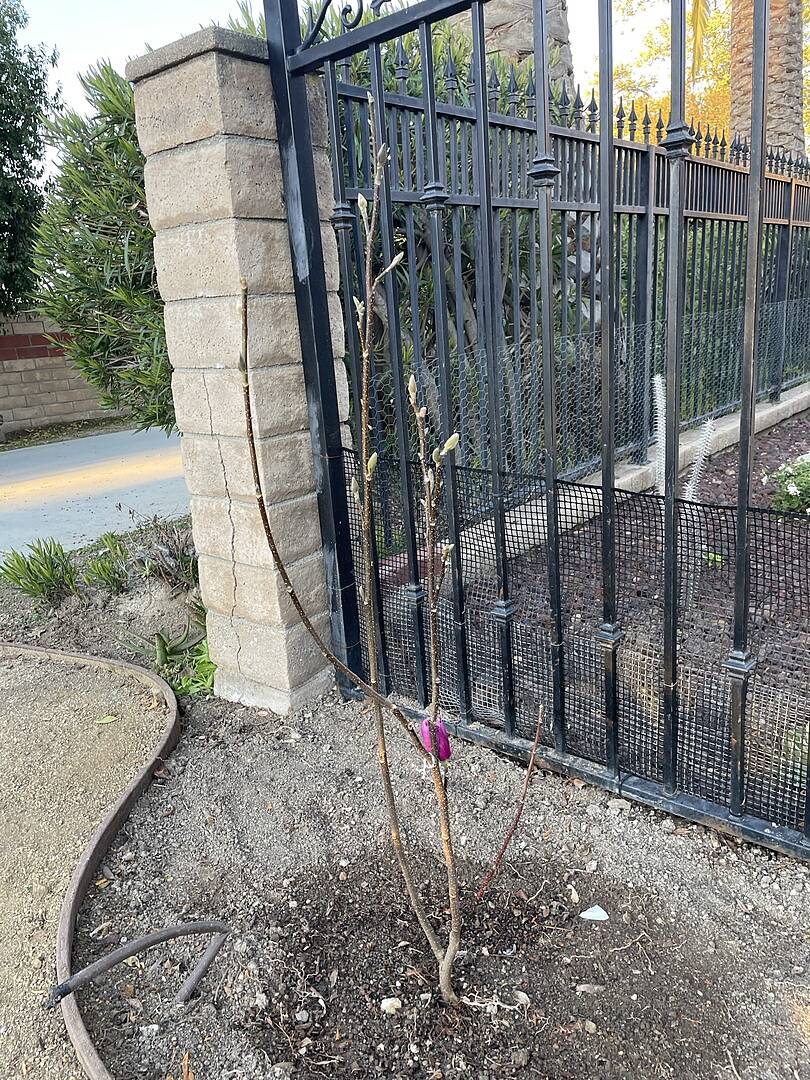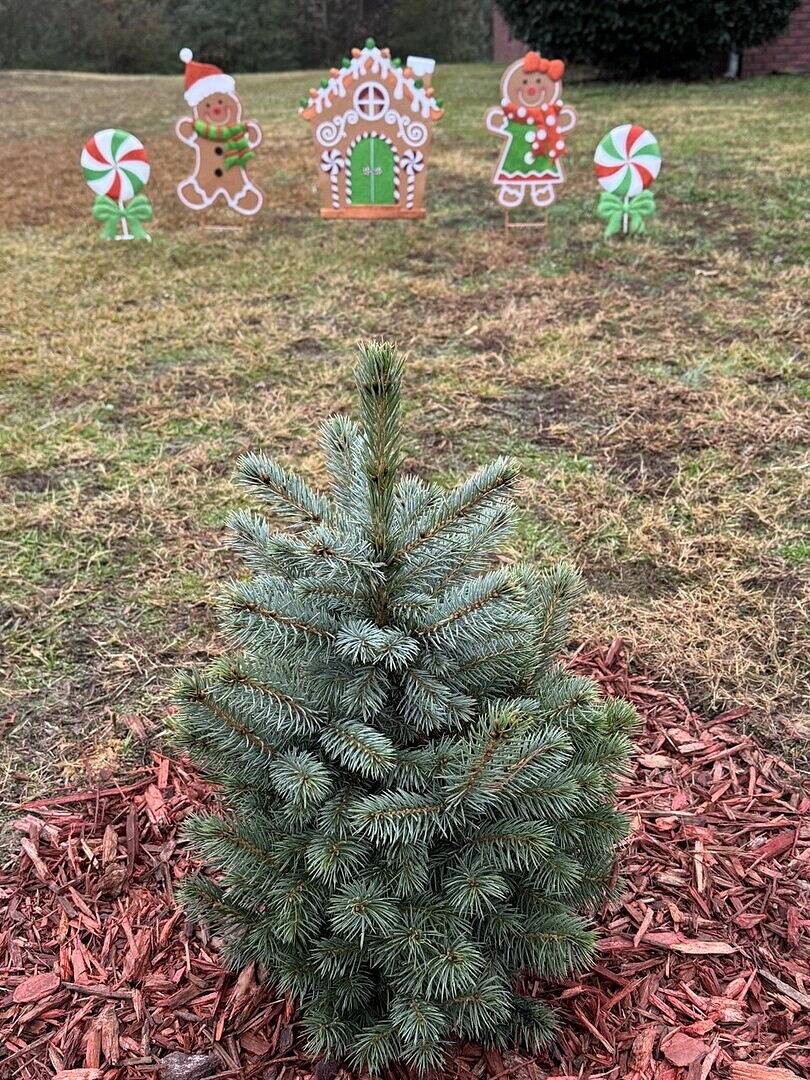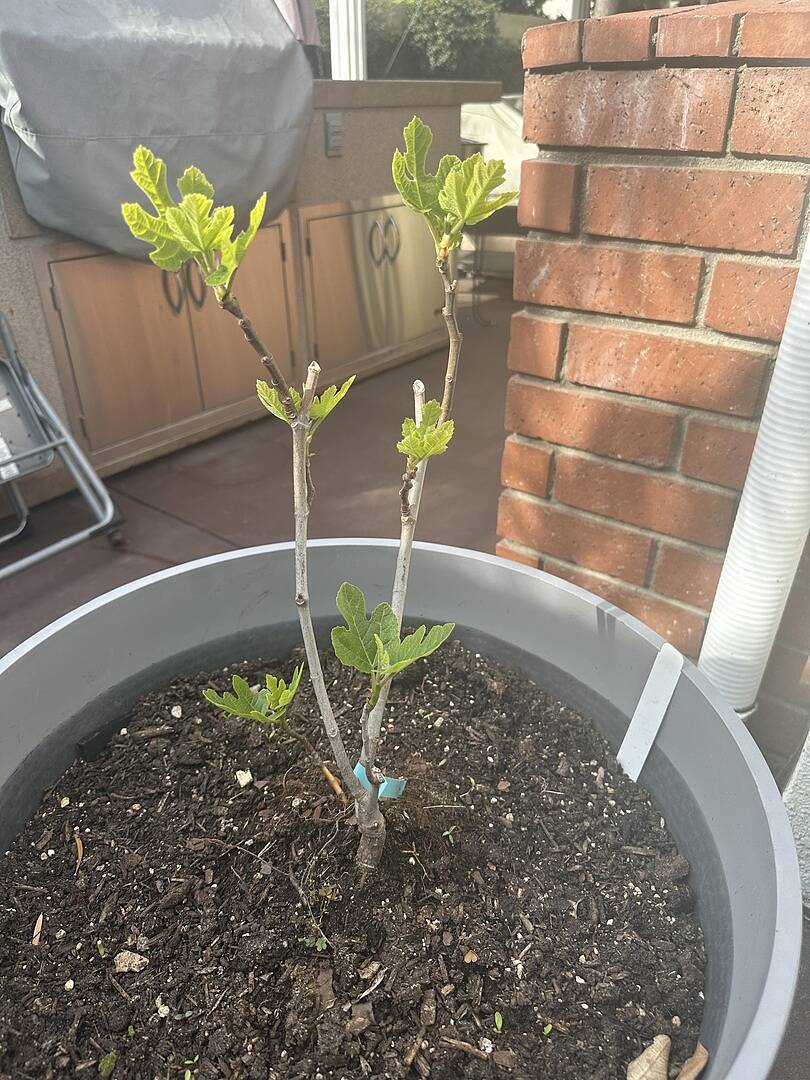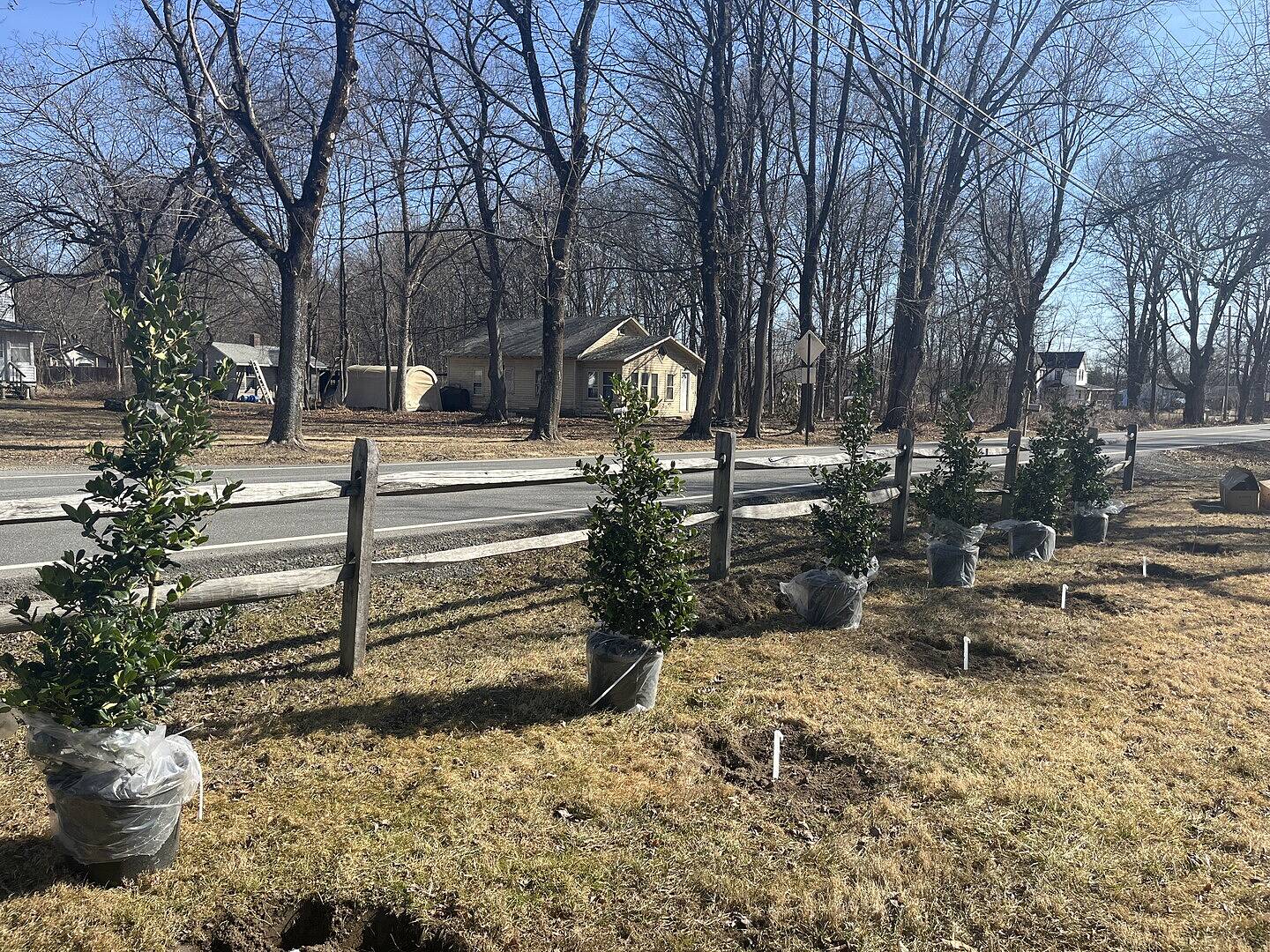Fall Pruning Dos and Don'ts

Last updated: Oct 28 2022

We get it, pruning can be scary, especially when it comes to a younger plant that you spent all spring and summer encouraging to grow. And now that fall is here, we tell you to cut off those new leaves and growth. We promise we’re not trying to stunt your hard work when we tell you to prune!
Pruning is actually very healthy for a plant and helps it long-term. Just like you would get a haircut to keep your hair healthy, trimming plants keeps them thriving. Of course, we all want a good haircut, not a bad one, so read on to learn how to properly prune your plants so you don’t hurt them.
Pruning Basics
The trick to getting any job done correctly is having the right tools, technique and idea in mind.
Tools
If you don't have good tools you’re just making your job harder. Work smarter and not harder when it comes to pruning. Reference the descriptions and chart below to figure out what tool is best for your landscape needs.
- Hand pruners: These are a staple in any gardener’s tool kit. Hand pruners go by many different names like seculars and hand sheers, but they all do the same job of cutting smaller branches and flowers. Anvil or snap pruners are best for removing old stems, while draw-cut pruners (like scissors) have more of a cutting edge. Use these for cutting through branches smaller than an inch in diameter. For larger pruning jobs, opt for lopping shears or a saw.
- Loppers: Loppers, or lopping shears, help cut through branches that can't be easily cut with hand pruners. The long handles on these provide leverage (less muscle needed) and extra reach. Similar to the draw cut pruners, they have a sharpened blade like a pair of scissors.
- Saw: Bring out the saw for larger work like branches that can’t be cut with lopping shears or hand pruners. Saws come in so many different styles and kinds to fit your needs, so shop around to find one you like and make sure to use caution when using it!

The Main Idea
While there are several different reasons to prune, most of your pruning in the fall will boil down to three main reasons:
|
Reason |
Main Idea |
How To |
|
Pruning for Health |
No one likes being unwell, including plants. If you notice any diseases, injuries or dead wood in your plants, it's time to remove them. Pruning these things out helps prevent the spread and sometimes stop diseases in their tracks. |
When pruning for health, remove all affected areas so that the healthy parts are left behind. Choose a dry day to remove these areas and dispose of the cuttings in a bag to prevent further spread to other plants. |
|
Pruning for Looks or Aesthetics |
Is your tree looking a little too wide, a tad lopsided or missing those crisp hedge edges? This is where pruning for looks comes in. This kind of pruning focuses exclusively on looks. |
Take your time when pruning for looks. Fall is a great time to look at the structure of plants without leaves in the way. Take breaks and step back to view your work from different angles to avoid getting cut- happy. |
|
Pruning for Growth |
Pruning to encourage growth is most popular for younger trees or plants that you want to set up for spring. |
The trick to pruning for growth is to be even and light. Depending on your plant, you don't want to take off too much since the goal is to encourage growth rather than hinder it. |
Pruning Techniques
Whatever your pruning style is, you need to make sure you know the basic pruning cuts. This may seem specific, but it’s ultimately about protecting your plants and avoiding any harm to them.
When cutting, always face the sharp cutting blade of your tools towards the main tree (see image below). On tools like loppers or hand sheers one blade will have a cutting edge while the other will stay stationary. By keeping that cutting edge towards the part of the plant that you’re keeping, the cut will be cleaner. A clean cut gives you a neater appearance and helps the tree heal quickly while decreasing the chance of pest or pathogen issues.

Pay attention to where you’re cutting and how much you’re cutting off. Your cut will impact your plant’s reaction.
- Re-leadering cuts direct growth.
- Heading cuts stimulate new growth.
- Thinning cuts reduce bulk and prohibit growth.

For larger cuts, prevent injury by following the 3 steps shown here:

Benefits of Pruning in Fall
Pruning can be a year-round task in the garden. As discussed earlier, the kind of pruning in fall is for tidying your garden, reducing risk and preparing for next spring’s growth. Below are more benefits of fall pruning.
- Promotes the overall health of the tree
- Reduces energy load
- Increases air circulation
- Removes wounded areas
- Controls diseases
- Controls pests
- Increases light penetration
- Allows room for new and strong growth
- Protects structures and people nearby
- Maintains the look of the landscape and aesthetic appeal

Dos of Pruning
- Do prune plants like butterfly bushes, chaste trees, gardenias, and others that bloom late in the season.
- Do prune back woody shrubs or perennials.
- Do remove suckers (weak growth that emerges from the base) from fruit trees.
- Do keep any plants with wildlife benefits.
- Do keep your garden tidy while pruning to avoid harboring unwanted pests or diseases.
- Do clean your tools between and after pruning.
Don'ts of Pruning
- Don’t prune azaleas, hydrangeas, camellias, or lilacs unless you’re removing dead wood or dead blooms–this would remove next season's flowers!
- Don't prune any roses unless necessary–prune these in spring.
- Don’t prune dogwoods at this time to keep the flowers for next season.
- Don’t remove any winter-interest plants.
- Don’t remove more than ⅓ of any plant.
Stop being afraid of those pruners! Start using them and we guarantee you might be surprised by how much they can impact and boost your growth next season. Take your time while pruning and go in with a plan, always keeping safety in mind, especially if you have to use a ladder. Every garden and gardener are different, so use these tips as a guide and adjust as needed!
To keep learning about pruning, check out our guide here!

Written by
Meredith Gaines
Meredith's love for plants started at a young age, and only grew when she started working in the Desert Exhibit at the South Carolina Botanical Gardens and the Historic Filoli Estate in the Bay Area. After graduating from Clemson University (GO TIGERS!) with a degree in Biology and Horticulture, she found her niche in the FastGrowingTrees.com family as a horticulturist and has grown in her current role as Senior Plant Expert.
She currently resides in her hometown of Charlotte, North Carolina, and enjoys spending any time she can outdoors. She learns new things about plants every day and loves sharing her plant knowledge and tips with those around her. Her favorite plant is constantly changing, but her long-time favorites are peonies, oak trees, and ferns.
Featured Product

Tri-Color Dappled Willow
367 reviewsStarting at $24.95



















